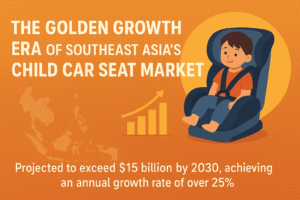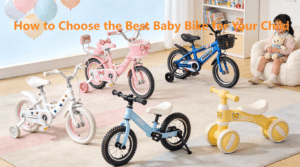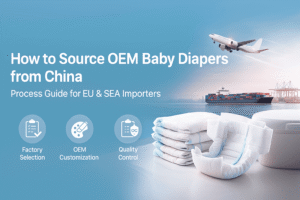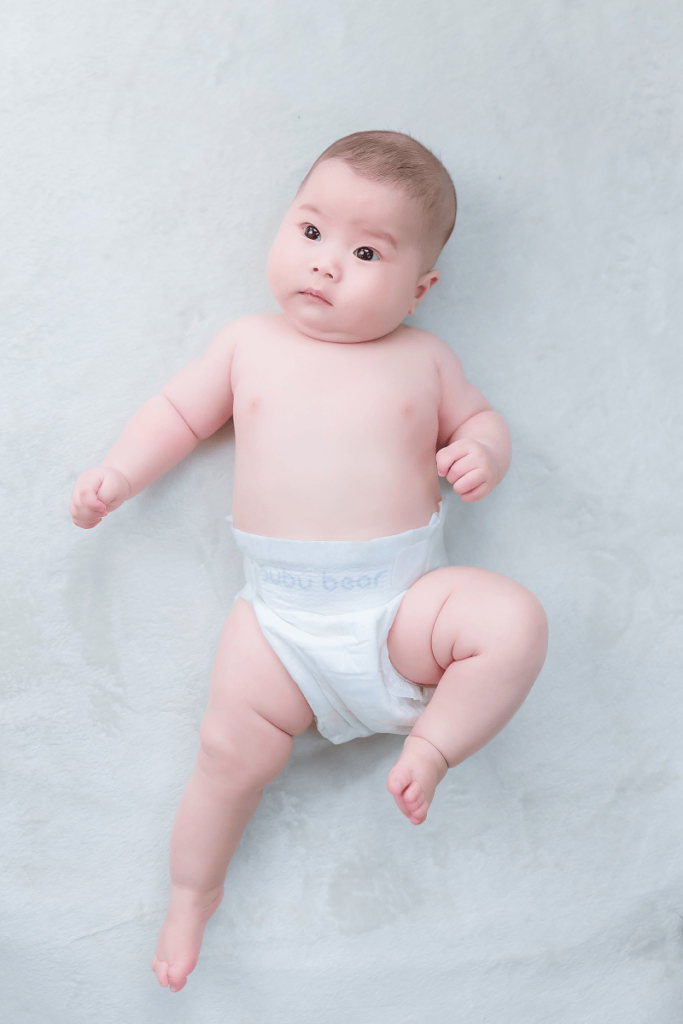Recently, American consumers have shown a surge of enthusiasm for domestically manufactured products. According to e-commerce analytics firm SmartScout, during the tariff period, searches for “made in USA products only” skyrocketed by 220%. Similarly, searches for “made in America products only” rose by 130%, and “American flag made in America” saw an astonishing 250% increase. In April alone, searches for “made in the USA” grew fivefold year-over-year.
Among the most iconic products riding this wave are “Make America Great Again” red hats, “TRUMP 2024” T-shirts, and related accessories, which have not only seen remarkable sales but also command premium prices—on average, 20% higher than comparable items. What stands out is that these products prominently feature the “Made in USA” label. During the 2024 election cycle, the Trump campaign rolled out a range of merchandise, including hats, T-shirts, mugs, and stickers, primarily sold through the “Trump Official Store” on Amazon. Each item is designed with strong symbolic appeal, such as the classic “Make America Great Again” red hat, “TRUMP 2024” T-shirts, and even barbecue aprons adorned with American flag patterns.
However, the real attention-grabber isn’t just the design—it’s the bold “Made in USA” label displayed on product detail pages. Some items, priced 20-30% higher than similar products, still receive overwhelmingly positive reviews, with many buyers commenting that they’re willing to pay more to support American manufacturing, stand for a cause, or own a collectible.
In the past, “Made in USA” was often considered a niche or even marginalized label. However, influenced by geopolitical shifts, supply chain concerns, and a reshaping of consumer values, “American-made” is making a powerful comeback.
Dayne Rusch, founder of Vyper Industrial, an American industrial goods manufacturer, noted, “Right now, we’re heavily leaning into refreshing our creative approach, putting the flag front and center.” Vyper has seen a recent uptick in sales, which Rusch partly attributes to growing consumer awareness of product origin. “This approach didn’t work as well before,” he said, “but now, everyone’s talking about it.”
As “Made in USA” evolves into a premium label, it’s not just Trump merchandise capitalizing on the trend. Many brands are now prominently featuring the “Made in USA” logo and American flag imagery on their primary product images, a shift from placing such labels in secondary images. Some non-American brands are also jumping on the bandwagon. For instance, a Florida-based brand, manufacturing in Cambodia, emphasizes “Not Made in China” in product titles to align with consumer sentiment amid high tariffs on Chinese imports.
For Amazon sellers, while not everyone can claim the “Made in USA” label, understanding this “label-driven consumption” trend is crucial for standing out in a highly competitive marketplace and breaking through the noise of homogenization.













